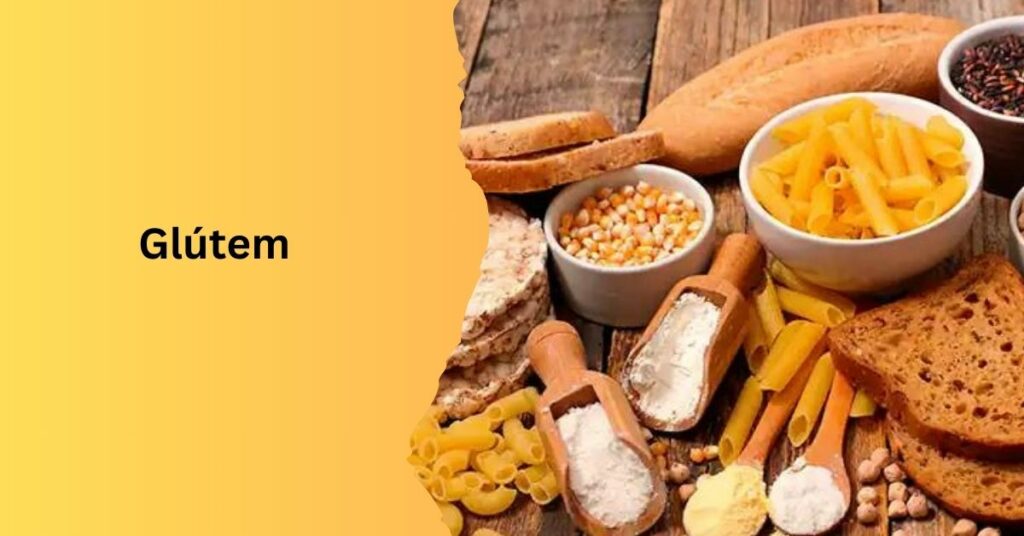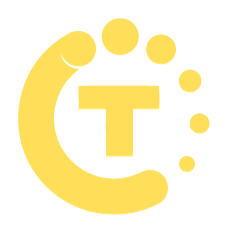Unlocking the Secrets of Glútem: A Comprehensive Guide

The glutes, short for gluteal muscles, have gained significant attention in recent years, not just for aesthetic purposes but also for their crucial role in overall strength, stability, and performance.
This article delves into the intricacies of glutes, exploring their anatomy, function, importance, and effective training methods.
Anatomy of the Glutes
Understanding the anatomy of the glutes is essential for comprehending their function and training them effectively. The gluteal muscles consist of three main muscles:
Gluteus Maximus:
The largest muscle in the gluteal region, responsible for hip extension, thigh abduction, and external rotation.
Gluteus Medius:
Situated on the outer surface of the pelvis, this muscle aids in hip abduction and stabilization of the pelvis during walking and running.
Gluteus Minimus:
Located beneath the gluteus medius, this muscle also assists in hip abduction and stabilization.
Each of these muscles plays a distinct yet interconnected role in movement and stability.
Function of the Glutes
The gluteal muscles are involved in various movements and functions of the lower body:
Hip Extension:
The gluteus maximus is primarily responsible for extending the hip joint, essential for activities like standing up from a seated position, climbing stairs, and sprinting.
Hip Abduction:
Both the gluteus medius and minimus contribute to hip abduction, which is the movement of the leg away from the midline of the body. This action is crucial for maintaining balance and stability, especially during single-leg movements.
Pelvic Stabilization:
The gluteal muscles play a vital role in stabilizing the pelvis during dynamic movements such as walking, running, and jumping. Weakness or imbalance in these muscles can lead to compensatory movements and increase the risk of injuries.
Importance of Strong Glutes:
Strong glutes are not only aesthetically pleasing but also essential for overall health and performance:
Injury Prevention:
Well-developed glutes help maintain proper alignment and stability of the pelvis and lower body, reducing the risk of injuries, particularly in the knees and lower back.
Improved Athletic Performance:
Athletes rely on strong glutes for explosive movements, power generation, and efficient transfer of force during activities like sprinting, jumping, and cutting movements.
Enhanced Functional Movement:
Strong glutes contribute to better posture, balance, and coordination, enabling individuals to perform daily activities with ease and efficiency.
Training the Glutes
To maximize the strength and development of the glutes, a well-rounded training approach is essential:
Compound Exercises:
Incorporate compound movements such as squats, deadlifts, lunges, and hip thrusts into your workout routine. These exercises target multiple muscle groups, including the glutes, and promote overall strength and stability.
Isolation Exercises:
Include isolation exercises like glute bridges, hip abductions, and clamshells to specifically target the gluteal muscles and address any imbalances or weaknesses.
Progressive Overload:
Gradually increase the intensity, volume, or resistance of your workouts to challenge the glutes and stimulate muscle growth over time. This could involve adding weight, increasing repetitions, or varying the exercise tempo.
Mind-Muscle Connection:
Focus on contracting and engaging the glutes during each exercise to ensure maximum recruitment of the muscle fibers and optimize results.
Common Glute Training Mistakes
Despite the importance of glute training, many individuals make mistakes that hinder their progress. Here are some common errors to avoid:
Lack of Progressive Overload:
One of the most prevalent mistakes is failing to progressively overload the glutes over time. Without consistently challenging the muscles with increased resistance or intensity, they won’t grow stronger or develop as desired.
Poor Exercise Form:
Performing glute exercises with incorrect form can reduce their effectiveness and increase the risk of injury. It’s crucial to prioritize proper technique, including maintaining a neutral spine, engaging the core, and ensuring full range of motion.
Neglecting Activation Exercises:
Neglecting activation exercises that target the glutes before compound movements can lead to underactive or weak glutes. Including activation drills like glute bridges or clamshells in your warm-up routine can help activate and engage the muscles before heavier lifting.
Overemphasis on Cardio:
While cardiovascular exercise is important for overall health, relying solely on cardio without incorporating strength training for the glutes can limit their development. Balancing cardio with targeted glute workouts ensures comprehensive fitness and maximizes results.
The Role of Nutrition in Glute Development:
Nutrition plays a crucial role in muscle growth and development, including the glutes. Here’s how dietary factors influence glute development:
Adequate Protein Intake:
Protein is essential for muscle repair and growth. Consuming an adequate amount of protein, ideally from high-quality sources like lean meats, fish, eggs, and plant-based sources, supports optimal recovery and muscle synthesis, contributing to glute development.
Balanced Macronutrients:
Maintaining a balanced diet that includes carbohydrates and healthy fats alongside protein provides the energy and nutrients necessary for intense workouts and muscle recovery. Carbohydrates fuel workouts, while fats support hormone production critical for muscle growth.
Hydration:
Staying hydrated is essential for optimal muscle function and recovery. Dehydration can impair performance and hinder muscle growth. Aim to drink plenty of water throughout the day, especially before, during, and after workouts, to support glute development.
Nutrient Timing:
Consuming nutrients strategically around workouts can enhance muscle growth and recovery. Aim to consume a combination of protein and carbohydrates within the post-workout window to replenish glycogen stores and kickstart muscle repair processes.
Incorporating Variety into Glute Workouts:
Variety is key to preventing plateaus and continuously challenging the glute muscles. Here are ways to incorporate variety into your glute workouts:
Exercise Selection:
Rotate through different glute exercises, including variations of squats, lunges, hip thrusts, and deadlifts, to target the muscles from various angles and stimulate growth.
Resistance Variation:
Experiment with different resistance levels, including body weight, free weights, resistance bands, and machines, to keep the muscles guessing and promote adaptation.
Tempo and Rep Range:
Varying the tempo and rep range of exercises can introduce new stimuli to the muscles and promote hypertrophy. Incorporate slow eccentrics, pause reps, and higher rep ranges into your workouts to challenge the glutes in different ways.
Functional Movements:
Include functional movements that mimic real-life activities to improve overall strength and stability. Incorporating exercises like single-leg movements, lateral movements, and balance challenges engages the glutes in diverse ways and enhances functional fitness.
Recovery Strategies for Optimal Glute Health
Proper recovery is essential for maximizing the benefits of glute training and preventing overuse injuries. Here are strategies to prioritize recovery:
Rest and Sleep:
Allow adequate time for rest and recovery between workouts to allow the muscles to repair and grow. Aim for 7-9 hours of quality sleep each night to support muscle recovery and overall recovery.
Active Recovery:
Incorporate active recovery activities like walking, swimming, or yoga on rest days to promote blood flow, reduce muscle soreness, and enhance recovery without overtaxing the glutes.
Foam Rolling and Stretching:
Use foam rolling and stretching techniques to alleviate muscle tension, improve flexibility, and enhance recovery. Focus on targeting the glutes, hamstrings, and hip flexors to release tightness and restore mobility.
Nutrient-Rich Diet:
Fuel your body with nutrient-dense foods that support recovery, including lean proteins, complex carbohydrates, and anti-inflammatory foods like fruits, vegetables, and omega-3 fatty acids.
Conclusion:
The glutes play a pivotal role in movement, stability, and overall physical performance. By understanding their anatomy, function, and importance, and incorporating effective training strategies, individuals can develop strong, resilient glutes that not only enhance aesthetics but also contribute to improved health and athleticism.
So, whether you’re an athlete aiming to boost performance or someone striving for better functional strength, prioritizing glute training is key to unlocking your full potential.








